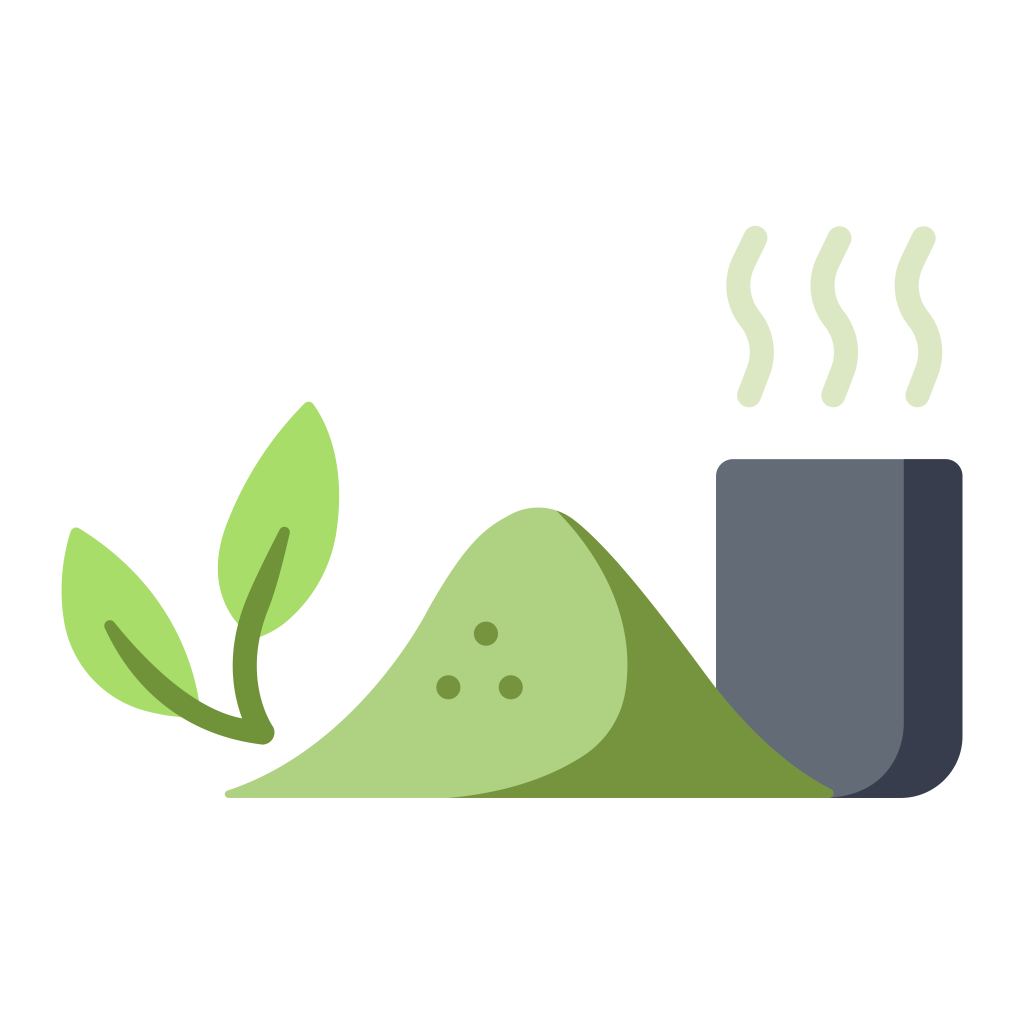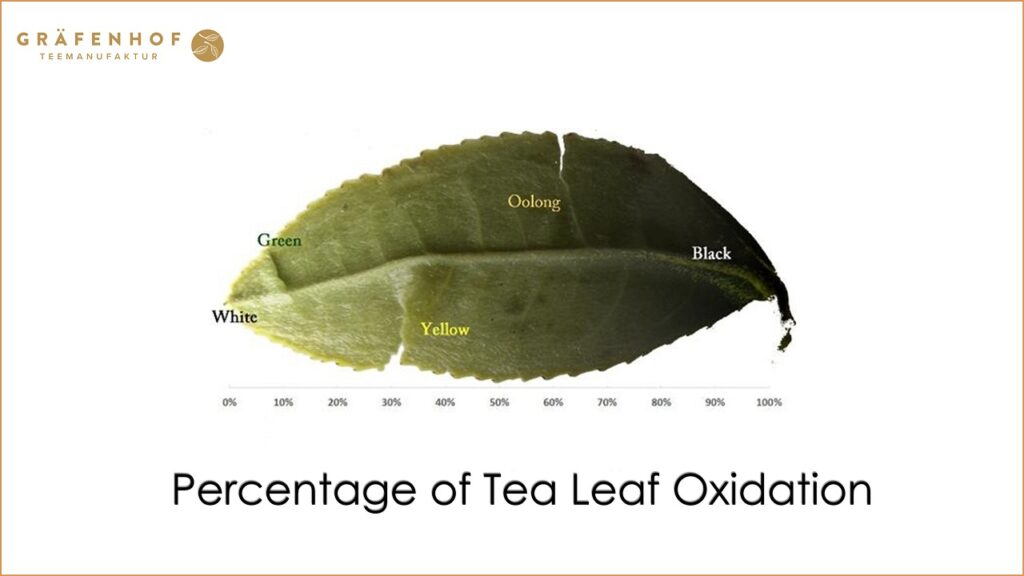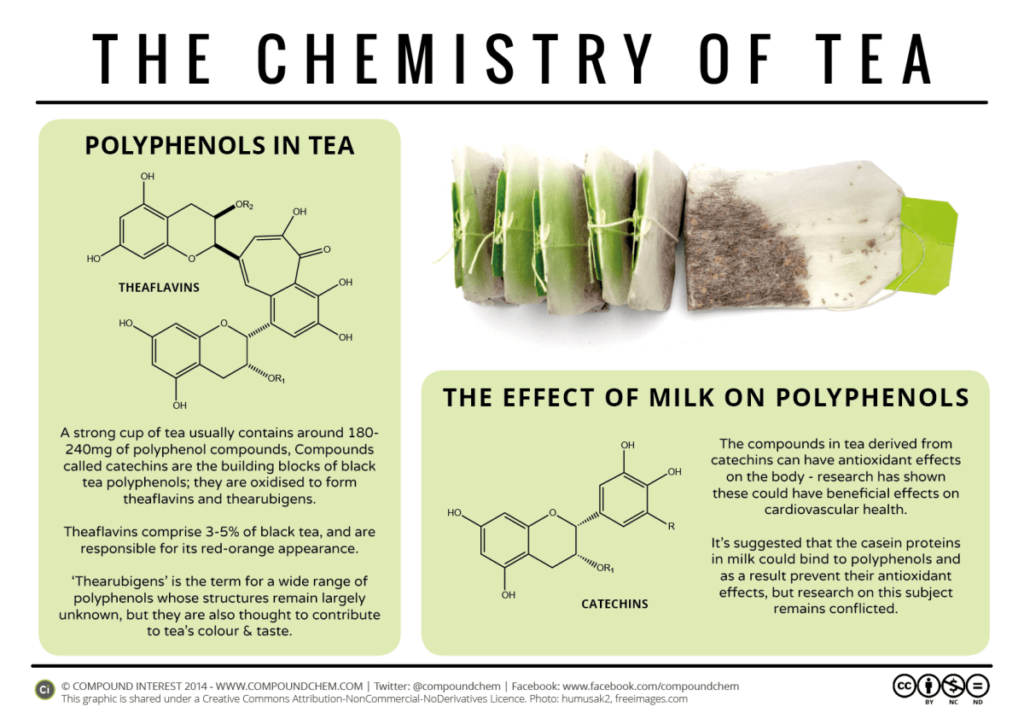
What is Tea?

How Tea is Made?

How to Brew Tea?

Tea is often thought of as a typical British drink that was introduced over 350 years ago to the Ocident and we have been drinking ever since. But the history of tea goes back much further.
The history of tea began in China. Legend has it that in 2737 BC, the Chinese emperor Shen Nung was sitting under a tree waiting for his servant to boil drinking water when some leaves from the tree fell into the water. Shen Nung, a famous herbalist, decided to try the brew that his servant had accidentally prepared. The tree was Camellia sinensis, and the resulting drink is what we now call tea.
It is impossible to know if this story is true. However, there is no doubt that tea originated in China centuries before it was even known in the West. Tea pots have been found in tombs dating from the Han dynasty (206 BC – 220 AD). however Tea became a national drink in China during the Tang Dynasty (AD 618-906).
It became so popular that in the late eighth century a writer named Lu Yu authored wrote the book Ch’a Ching, or The Classic of Tea, the first ever book devoted entirely to tea. Soon after, tea was introduced to Japan by Japanese Buddhist monks who went to China to study.
As we know today, tea drinking and tea ceremony have become fundamental rituals in Japanese culture. The ritual of tea ceremony in Japan is thought to have originated from the tea ceremonies described in the Ch’a Ching
Tea is made by steeping the dried, crushed leaves of the tea plant in boiling water. There are several varieties, which are generally divided into five main categories: white tea, green tea, oolong tea, black tea and Pu-erh tea. In the UK, black tea is by far the most popular tea, while in East Asia green tea is the most popular.
All teas come from the same plant, Camellia sinensis, a subtropical evergreen shrub native to Asia. There are two recognised varieties, Camellia sinensis var. sinensis (Chinese tea) and Camellia sinensis var. assamica (Assamese or Indian tea).
Other drinks that may be called tea (e.g. mint, chamomile, rooibos, fruit tea) are not actually tea. Unless they are derived from the plant Camellia sinensis, they are technically herbal teas.
Scientifically speaking, there are 6 types of Teas. All tea is produced from the same plant – Camellia sinensis.
The 6 Types of teas are: White Tea, Green Tea, Black Tea, Oolong Tea, Pu-ehr tea and Yellow Tea.
White tea: With a delicate flavor and naturally low in caffeine, white tea is a type of true tea. This tea consists of young buds and leaves, and is best harvested at the beginning of the season. The name white tea derives from the white fuzz on the young leaves which protect new growing tea plant from insects. Due to the its limited supplies and the fact that it is hand-harvested, White tea tends to be more expensive than other teas.
Green tea: one of the so-called true teas, since it is produced from the leaves of the tea plant Camellia Sinensis. Green tea is mostly light yellow to pale green in color. The exception to this rule is Matcha green tea, which is characterized by a vibrant, rich green color. Depending on their production process and origin, green teas can have a vegetal or earthy flavor. In general, compared to stronger teas, such as black tea, green tea is considered herbal and mild.
Black Tea: One of the most popular types of tea is black tea. This highly oxidized tea is obtained from the tea bush Camellia sinensis. The main steps in black tea production are the withering of the tea leaves, rolling, fermentation, drying and sorting. The result is a dark, reddish gold color, a full bodied, mildly tangy flavor, and a moderate caffeine content.
Oolong tea (乌龙 wūlóng) is a partially oxidized tea produced by allowing the leaves to wilt in the hot sun before processing. Black teas are fully oxidized, white teas are not oxidized, and oolong teas are 8-80% haloboxidized. The taste of oolongs can vary greatly, from sweet and fruity, dark and roasted, green and fresh, offering a wide range of complex flavours. The oolong tea production process is very meticulous and these teas are often among the most sought after teas. In general, there are two types: green and dark oolong.
Pu-erh tea originates from China’s Yunnan province and its name comes from the market town in which it was originally developed. Pu-erh is a post-fermented tea, which means that the tea leaves undergo a microbial fermentation process after drying and rolling, causing the leaves to darken and modify their flavour. Thanks to this process, as with fine wines, the tea not only gets better with age, but many pu-erh teas preserve their freshness for up to fifty years! Pu-erh teas are available in compressed brick or loose leaf form and can be made from both green and black tea leaves.
It originates from the larger-leaved variety of camellia sinensis called Dayeh, an ancient tree whose mature leaves reach from 500 to 1000 years of age. These trees are generally grown in temperate regions, and although they can be harvested all year round, mid-prime is the best time to harvest them. Different conditions and environmental factors can affect the flavour profile of pu-erh, which offers a rich experience for the tea drinker’s palate, as this bold tea can be smooth, fruity, peaty, grassy, musky, herbaceous and earthy.
The 6th, and very rare type of tea is Yellow tea.
This is a rare tea, produced in small quantities and only in China. It involves a laborious process which requires the skills of an experienced tea master.The This premium quality tea is produced from buds harvested in early spring. Whereas low-quality yellow tea is made from shoots and leaves at the end of the year. Yellow tea is processed like green tea. However the plant also undergoes a ‘yellowing’ process when the leaves are wrapped in paper.
Hence, by omitting this process, the tea will simply be green tea, not yellow. Some of the best known yellow teas are:
What sets these types of teas apart? Which characteristics makes them so different?
Their preparation and oxidation.
The preparation and maturity of the tea leaves determine both the taste and nutritional content of each beverage. The distinctive flavours of these teas are created by their different chemical compositions.
The differences in chemical composition, colour, taste and aroma are created by controlling the degree of oxidation during processing.

The traditional tea growing countries are China, Japan, India and Sri Lanka. However, in recent years new tea producing countries have been added, including Bangladesh, Vietnam and Kenya. The origin influences the flavor characteristics, while the altitude, soil type, plant species and age of the tea plant are other factors.
With a production of more than 2 million tons of tea, China is the largest tea producer in the world. Tea is an important part of the country’s social fabric and has traditionally played an important role in economic development and daily life.
China is famous for its wide variety of teas, ranging from green tea to black tea to oolong tea. There is a living tradition of tea drinking that pays attention to the taste and the environment in which the tea is drunk. Tea culture even blends concepts of philosophy, ethics and morality.
With a tea production of 1.2 million tons, India is second on this list. First introduced to India in ancient times, tea was brought to Europe by silk caravans from China. Despite this early connection, the boom did not begin until the British officially introduced the beverage into the culture.
Its climate is ideal for tea cultivation, and the quality of its tea rivals that of China, with the British determined to break the Chinese monopoly over tea farming by cultivating it in their prized colony of India.
As in China, tea is an important part of daily life in India. With tens of thousands of tea gardens across the country, including such popular varieties as Darjeeling and Assam, the Indian tea market is huge. In fact, over half of the tea produced in India stays in the country and is consumed there, giving the country over one billion tea consumers.
The next country on this list is Kenya, with a total production of 432,400 tons. While most people don’t immediately associate it with tea, Kenya is the world’s largest exporter of black tea, and there are more than 500,000 smallholder tea growers in Kenya. The country’s proximity to the equator provides abundant sunlight and optimal conditions for growing the tea plant. The first tea bushes were planted in Kenya in the early 1900s and they have remained a staple crop ever since.
Sri Lanka is the fourth largest tea growing country, producing 340,230 tons of tea. It is one of the world’s largest exporters of orthodox tea and is best known for its Ceylon tea, so named because the country was called Ceylon by colonial masters in the past. Originally, the country produced much more coffee, but after diseases destroyed the crop, it switched to tea. Today, tea is the country’s main source of foreign exchange in trade with other countries, and tea production accounts for 2% of gross domestic product (GDP).
Vietnam is in fifth place with 214 300 tonnes of tea. Tea is deeply rooted in Vietnamese culture for thousands of years. It is usually drunk casually, without the customary rituals of other countries. The Vietnamese regard tea both as a contemplative activity and as a drink to be enjoyed while engaging in academic activities.
Although tea has been drunk in Vietnam for many years, the country only began to produce tea in the 1880s, when French colonialists established tea plantations northwest of Hanoi. Vietnamese tea drinkers generally prefer simple teas with minimal flavouring, of which green tea is the most popular. Lotus tea is also a Vietnamese speciality, where green tea leaves are enclosed in a lotus flower and left overnight to allow the leaves to take on the fragrance of the flower.
According to the highly respected website STATISTA, tea consumption by contry in 2020 reached 6.3 Billion Kilograms!
According to their tea statitistics page, the consumption per person per capita is 85 liters per person per year. That makes tea the top hot drink choice in the planet!
Their tea statistics page is AMAZING!
It is widely consumed in Asia, but also Europe, with England, France and Germany consuming lage amounts of tea.
China is ranked first also as tea consuming nation! It is followed by India, Brazil and Turkey.
Of course, it is important to mention that Brazil consumes high volumes of Yerba Mate, which is a specialty type of tea.
Tea contains a wide variety of chemicals, but the most important ones in terms of taste, aroma and health benefits are polyphenols, especially flavonoids. The plant produces these chemicals not for our benefit, but to help it ward off predators and stress.
Polyphenols make up about 30% of the dry weight of tea leaves. Other chemicals contribute (albeit to a lesser extent) to the taste and effects of tea, including caffeine and amino acids, notably theanine.
The chemical composition of each type of tea varies. This is due to the chemical changes that occur during the processing of fresh leaves, mainly caused by oxidation. Differences in the processing steps affect the degree of oxidation and the chemical differences between the different types of tea. The chemical composition of tea can also be influenced, albeit to a lesser extent, by the environment, the timing of harvesting and the leaves used, agricultural practices, and the impact of pests and diseases.

When it comes to brewing tea, there are many distinct regional differences, resulting in significant taste characteristics. The preferred method is a function of the type of tea available and the traditional consumer habits and tastes that spread with trade or production.
As with cocoa and coffee, across continental Europe, traditional tea habits of the nations supplying the raw material have been adopted. The English brewing method is the most common for tea in Western and Central Europe, as it was popularised along with imported tea during the British colonial period.
Eastern influences have either been introduced to Southern and Eastern Europe or have replaced the English preparation. English preparation is also common in former colonial countries, including North America.
Countries without a colonial past or with their own tea cultivation generally adopt their own forms of preparation.
Tea is usually associated with relaxation and enjoyment. A time to relieve stress and relax. No doubt, drinking a cup of tea is not going to remove all the daily stresses, yet it can provide us with a break from all the noise and turmoil around us.
Tea lovers regard a nice warm cup of tea as pure pleasure and relaxation. Regardless as to whether you favor green tea, black tea or another variety: proper brewing plays an important role in tea pleasure.

Brewing strong black teas is almost always done with boiling water; for green teas and semi-fermented teas, as well as fine black teas (e.g. First Flush Darjeelings), the preferred temperature may be 65 to 90°C, preserving the ingredients and the aroma better. The brewing temperature of some Japanese green teas is as low as 50° and even lower.
There is no standardised steeping time for tea leaves, which may vary from 20 seconds to 5 minutes, depending on the variety. There are several theories about the effect of tea on humans depending on the brewing time.
If you want to have a strongly stimulating tea, short infusions with many tea leaves can be used. Traditional strong breakfast blends with a small leaf size (large surface area) are intended for this purpose.
As a rule, green tea is drunk pure, except for the well-known Moroccan mint tea, which is based on green gunpowder with plenty of sugar added.
Traditionally, various ingredients are added to black tea in different regions, e.g. milk in England and India (especially in flavoured teas such as Earl Grey or Indian Chai), cream in East Frisia, butter in Mongolia and Tibet, and jam, jelly or fruit preserved in syrup in Russia and Georgia.
There is also the addition of lemon or lemon peel, native to Russia, a favourite with some tea drinkers in Western Europe. Sugar and honey are the most common sweeteners. Both white rock candy and brown cane sugar, also known as brown rock candy, may be used as sweeteners. Brown candy is mainly used for herbal tea or flavoured tea.
The two-part teapot (caydanlik) commonly used in Turkey allows the tea to be served as a thin or strong tea, depending on taste.
As a general rule, soft water is preferred. Given today’s high water standards, tap water can be used almost everywhere in Norhtern Europe.
In case of contamination by lime or chlorine, water filters can be used. Filtered water noticeably improves the flavor of tea. Other factors besides the use of filtered water can also improve the taste of tea.
99 per cent of tea consists of water. So it is hardly surprising that tea quality is significantly determined by the water. Use of the wrong water can lead to streaks on the surface, cloudiness and debris in the cup – making the tea unattractive and unappealing.
Yet in addition to the appearance it also affects the flavour and smell of the tea. It builds a sort of cloud, giving a turvy impression to the tea. Usually limescale, which can occur in tap water, is the culprit.
Why is calcium-rich water not good for tea?
The quality of tap water in countries like Germany is generally very good due to strict controls imposed on drinking water. However, not all drinking water is suitable for all applications: depending on the compounds it contains, it interacts with other substances in different ways. Tea, for example.
Tap water contains a lot of scale in most households. This is referred to as ‘hard water’ or water with a high carbonate hardness. The scale in water – known as magnesium carbonate or calcium carbonate – is not harmful to health, but it has worrying side effects.
However, there are some serious side effects. Firstly, calcium carbonate water leads to appliances such as kettles becoming calcified or to the formation of stains on glassware. Secondly, it can affect the food you prepare, too.
With tea, it causes a change in aroma and flavour. When tea is brewed with hard water, the flavors cannot fully develop. Some optical changes are also visible to the naked eye.
First, the aromatic fragrance of tea made from soft water often occupies the room, while the smell of hard water tea is much less intense and heterogeneous. Next, there is the lack of aroma. It loses intensity and become flat, almost like drinking water with a drop of artificial syrup. The loss of taste is becomes evident in citrus rich teas, or other fruity flavored teas.
So that begs the question:
Soft water / Filtered, calcium free water!
Whoever wants to prepare a delicious cup of tea should use soft water. The subtle nuances of taste are only fully appreciated when the tea water is soft and does not contain any taste-impairing ingredient. Lime-free water enhances the aroma development and offers a harmonious combination of flavor components for a balanced taste experience – the best prerequisite for good tea taste.
Also in optical analysis, the difference between a tea brewed with soft water and a tea brewed with hard water is clearly visible: A clear, brilliant color without cloudiness or streaks makes tea from soft water look much more appealing.
We hope that you found the information you are looking for.
If you wish to discover more about Tea Origins, Culture, production, Varieties and much more just follow the links below, and you will be able to explore the fascinating facts behind the most consumed beverage in the world.
Enjoy it!








What is Oolong Tea?
What is Chai?
Do you have any questions, requests or suggestions? We would be pleased to hear from you!
[email protected]
+49 (0) 4167 238 930
Mo.- Th. 8:00-17:00 Hrs.
Fr. 8:00-14:00 Hrs.
Gräfenhof Tee GmbH
Zum Fruchthof 6
21614 Buxtehude